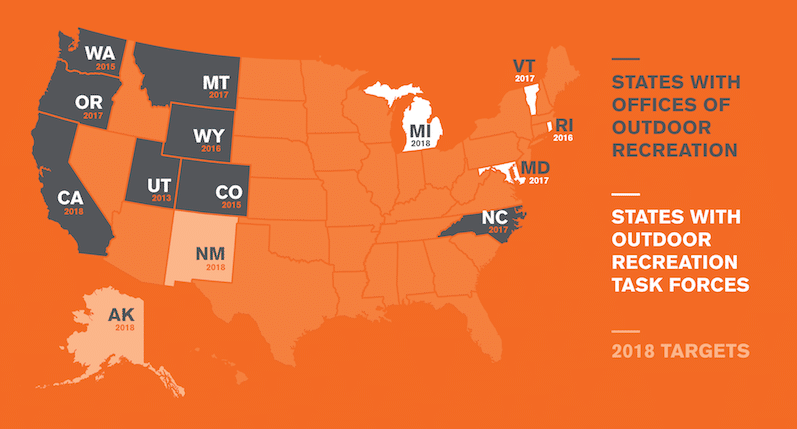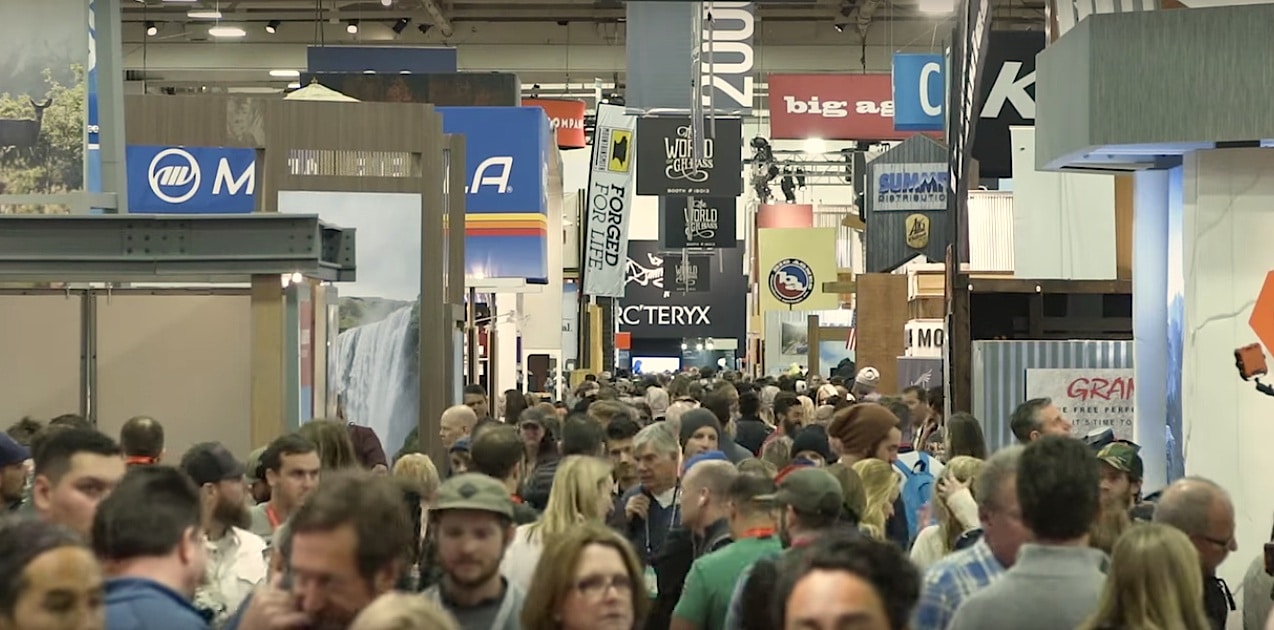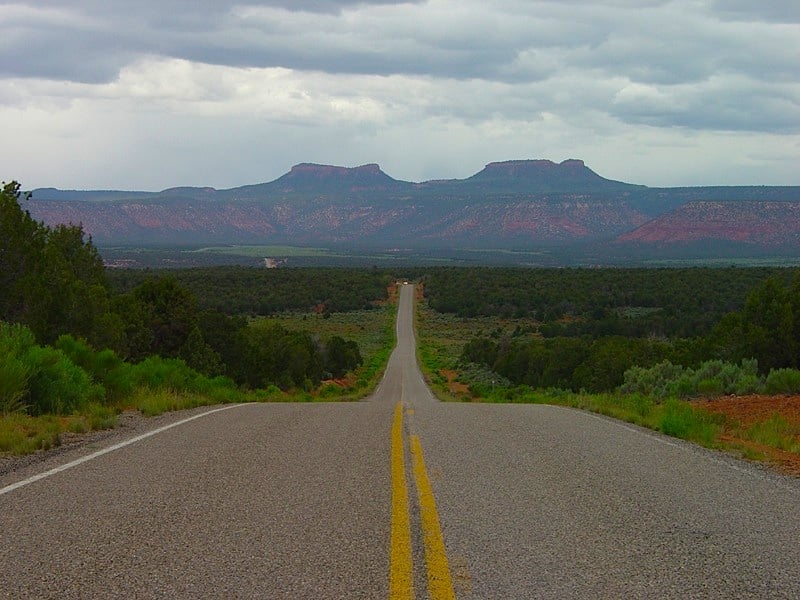Applying the Principles of ‘Leave No Trace’ to Daily Life in an Urban Setting
UncategorizedWhat is Leave No Trace?
The idea behind Leave No Trace is to embrace specific wilderness stewardship values in order to protect our backcountry areas for generations to come. Back in the early 1940s, Robert Baden-Powell, founder of the world Scouting movement, said, “Try and leave the world a little better than you found it.” Over time, this morphed into, “Always leave your campground cleaner than you found it.”
Fifty years later, in the early 1990s, that Leave No Trace concept was immortalized through an educational curriculum developed by the United States Forest Services in partnership with NOLS (the National Outdoor Leadership School). The outcome was an agreed framework for instilling awareness on the part of wilderness travelers to interact with nature in a manner that reduces human impact.
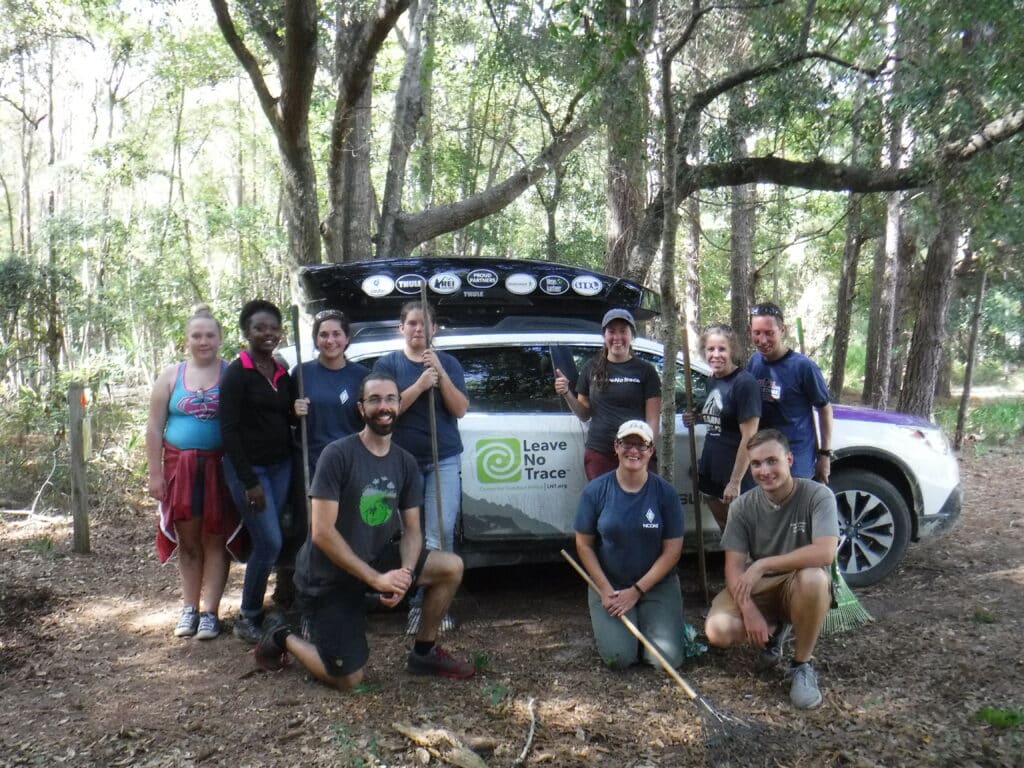
What is The Importance of Leave No Trace?
The idea behind Leave No Trace is to embrace specific wilderness stewardship values in order to protect our backcountry areas for generations to come. Today, that program — run by the Leave No Trace Center for Outdoor Ethics in Boulder, Colorado — impacts more than 15 million people in the United States and dozens of other countries with conservation initiatives, education, training, and research.
Baden-Powell’s simple sentiment more-or-less condenses the seven principles behind today’s Leave No Trace (LNT) program. The well-known LNT’s principles are: (more…)
State Offices of Outdoor Recreation are Now a Thing
Land ManagementStereotyping is never a good thing — primarily because such finger-pointing prejudices are usually unsupported by fact. Take, for example, the 140 million Americans who either dabble in human-powered outdoor recreational activities to some extent or are fully immersed in everything related to the backcountry and Wilderness itself.
That’s almost half the nation’s population, if my math skills are accurate. Yet whenever the beneficial goings-on of the Outdoor Industry Association (OIA) are in the headlines, many local and state politicians conjure up a negative image in their heads. “Oh yeah, those deadbeat climbers, those slacker surfers, those burned-out mountaineers.”
These closed-minded politicians fail to recognize who their outdoor constituents really are, and what the outdoor recreation industry means to the economy. And that includes activities from the local and state level, all the way up to the top — the National Park Service.
A report recently released by the Outdoor Industry Association estimates our industry produces $887 billion in annual revenues, and employs an estimated 7.5 million people, both fulltime and seasonally. Let me repeat that — $887 billion, with a B!
Statistics like these have local and state government officials beginning to sit up and take notice. And it’s got many of them thinking that maybe saving all these wilderness treasures might just be worth the expense. As a result, some forward-thinking states are creating offices of Outdoor Recreation with director-level positions. Take North Carolina for instance — which is home to (more…)
‘Free Range’ Mountain Bike Advocates Seek Access to Wilderness Areas
Land ManagementStrange and interesting things are afoot in the human-powered outdoor recreation community, and if you’ve been paying attention to issues surrounding the use of wilderness areas lately, what follows here might not come as a surprise.
What has emerged is a growing division among outdoor enthusiasts as to whether or not mountain bikes should be allowed in designated wilderness areas. The question, which has turned controversial as of late, fosters fears that mountain bike organizations are beginning to align themselves with companies, organizations and politicians insisting on making their way into wilderness areas for resource exploration.
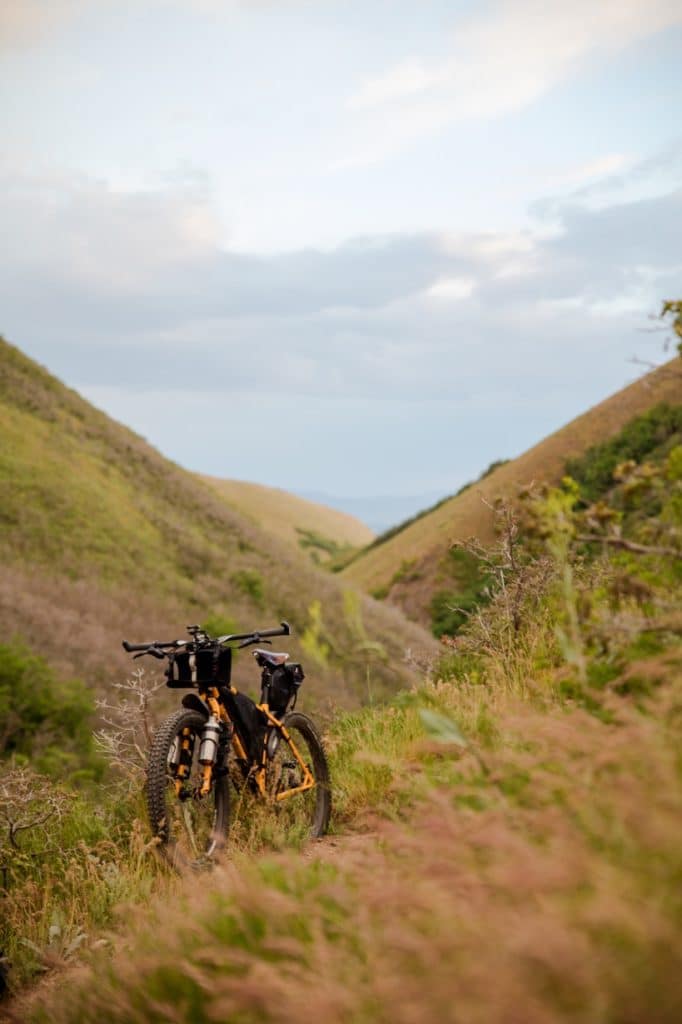
Photo by Patrick Hendry | Sourced from Unsplash
But first, a brief description of how the U.S government defines wilderness:
“The Wilderness Act, signed into law in 1964, created the National Wilderness Preservation System and recognized wilderness as “an area where the earth and its community of life are untrammeled by man, where man himself is a visitor who does not remain.” The Act further defined wilderness as “an area of undeveloped federal land retaining its primeval character and influence without permanent improvements or human habitation, which is protected and managed so as to preserve its natural conditions.“
That description also specifies that (more…)
Pivoting on Climate Change
Land ManagementMost libraries and bookstores offer up books in the science and nature section that address climate change, with titles that range from “Hot Hungry Planet” to “Climate of Hope.” Many of these books focus on global warming, polar bears in the Arctic, flooding and other environmental crises on continents around the world.

Photo by Andy Brunner on Unsplash
However, for those of us working in the fields of outdoor education, adventure-based recreation, and summer camp, we don’t need books and photos from foreign lands to persuade us that changes are occurring on our planet — and happening at an alarmingly fast rate.
We see these changes on the rivers we run, mountains we climb, trails we traverse, and camping sites we claim and reclaim for seasonal programs. For many of us who facilitate outdoor education programs, we’ve observed (more…)
Bears Ears Controversy Threatens Outdoor Retailer Show in Utah
Land ManagementThe National Center for Outdoor & Adventure Education’s founders Zac and Celine Adair recently returned from this month’s Outdoor Retailer Winter Market show in Salt Lake City, Utah, where the buzz inside The Calvin L. Rampton Salt Palace Convention Center was centered around moving the show out of Utah and to a state with “a more friendly view of federally designated lands.”
The controversy stems from a yearlong dispute that pits the present governor of Utah, Republican legislators and many residents of the area against environmentalists and dozens of Native American tribal nations.
The argument revolves around determining the best way to conserve and develop the Bears Ears area in southeastern Utah.
Named for a pair of isolated mesas resembling a bear raising its head above the horizon, Bears Ears National Monument encompasses 1.3 million acres of wilderness area between the San Juan and Colorado rivers. This triangle of land is held sacred by a number of Native American tribes, including a coalition of Hopi, Navajo, Ute Indian Tribe, Ute Mountain Ute and Zuni governments.
An estimated 100,000 archaeological sites are located — and protected — within the Bears Ears area, including cliff dwellings that date back more than 3,500 years and other cultural sites that are deemed sacred to the half dozen tribes that make up the coalition.
And while nearly everyone involved in this eco-dispute agrees the Bears Ears area should be protected, the extent of management of the land is in question, with many Utah legislators envisioning room for commercial development and fossil fuel extraction in lands adjacent to the area.
For more than four decades, Utah ranchers, residents and lawmakers have fought to (more…)
TALK TO US
Have any further questions about our courses, what you’ll learn, or what else to expect? Contact us, we’re here to help!
